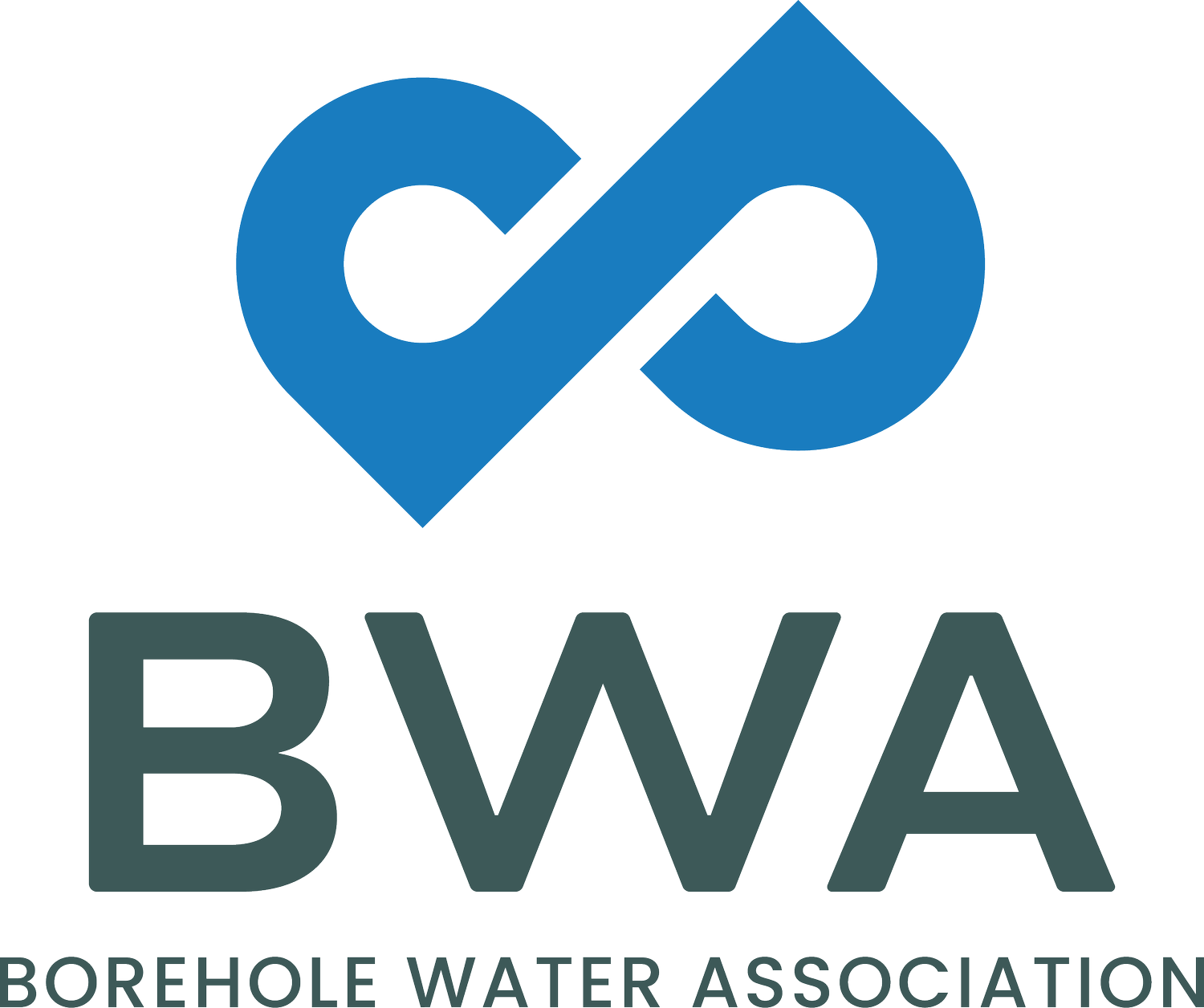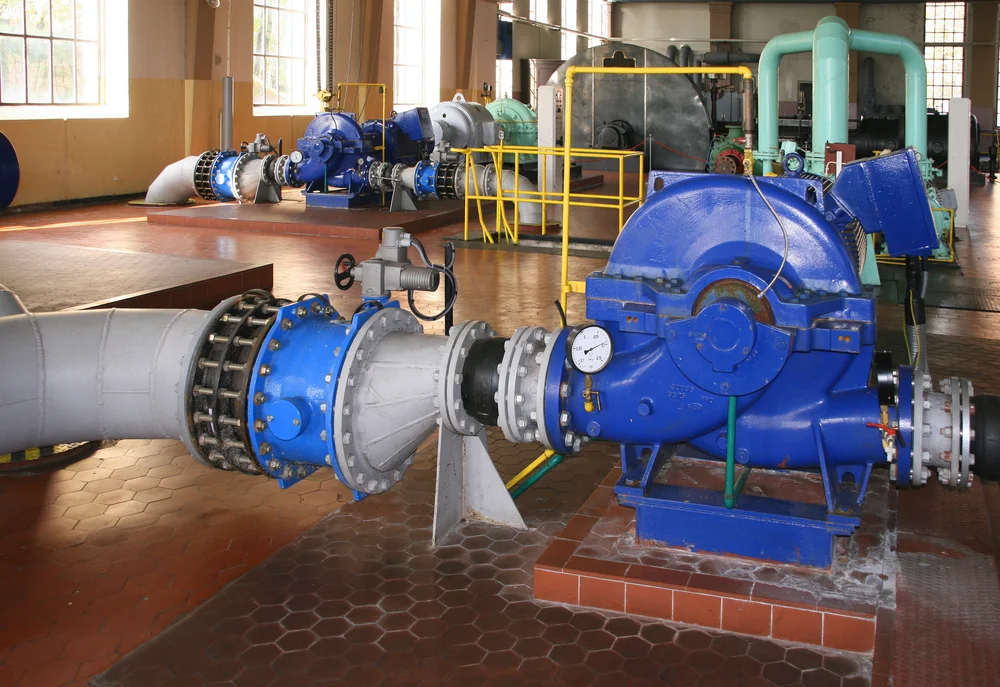Protecting Water Quality in South African Boreholes
/A completed Water Research Commission (WRC) study investigated in-situ iron removal in aquifers as a way to prevent production borehole clogging.
Background
The development of groundwater supply schemes is on the increase in South Africa. However, the sustainability of many of these schemes is threatened due to the presence of soluble iron (Fe2+) and manganese (Mn2+) ions in the groundwater. This risk manifests from the problems caused in the water quality and supply to consumers. The main water quality problems associated include the aesthetic (e.g. staining of laundry) and potable (e.g. metallic taste), which subsequently limits the use of the water.
Production borehole clogging is of greatest concern in the operation of groundwater supply schemes as it jeopardises their sustainability, due to the severe cost implications associated with reduced operation. The clogging of production boreholes takes place in aquifers where anoxic/anaerobic groundwater with Fe2+ and Mn2+ in solution is abstracted. The reduced production capacity lowers the efficiency of the production borehole to supply water to the groundwater scheme, and increases the production costs, due to the higher electricity requirements for pumping and rehabilitation treatments to recover the loss in the borehole yield.
The clogging process is also accompanied by the growth of iron-related bacteria, which further impedes flow to the borehole due to the development of biofilms. The presence of such microorganisms, together with slime-forming and sulphate-reducing bacteria, also exacerbates the water quality problems by the production of odours and slimy bacterial mats and, in severe cases, microbial-induced corrosion of the production borehole.
The current approach to controlling the clogging of production boreholes is through management and rehabilitation procedures. In South Africa, management and rehabilitation protocols have been adopted and in severe clogging cases the Blended Chemical Heat Treatment has been applied. However, the effectiveness of these protocols is doubtful, and the long-term success has been limited.
Since the current knowledge into the controlling of production borehole clogging has not achieved the long-term results required more research was deemed necessary into the prevention of clogging, which was the topic of this WRC project. One such treatment option available to be investigated locally is the in-situ iron removal (ISIR) treatment.
In-situ iron removal
The ISIR treatment involves the periodic injection of oxygenated water into the anoxic/anaerobic aquifer to oxidise the soluble Fe2+ and Mn2+ ions in the subsurface before reaching the production borehole. The treatment process was designed in Europe to reduce the amount of Fe2+ and Mn2+ carried by the abstracted water to reduce (or obviate) the above-groundwater treatment. This treatment has been successfully applied for decades worldwide.
The WRC project investigated the feasibility of the ISIR technique in preventing clogging of boreholes. Two study sites were selected, which included the primary, intergranular Atlantis Aquifer and the fractured rock aquifers of the Table Mountain Group. Both aquifers have established groundwater supply schemes that have been in operation for at least three decades and are the main contributor to municipal water supply.
GROUNDWATER 2 TECHNICAL BRIEF
In addition, the protection and preservation of the groundwater resource is vital, as the areas experience semi-arid conditions and have no nearby surface water supplies. The abstracted groundwater from both aquifers contain problematic Fe2+ and Mn2+ concentrations, which require treatment and are plagued by production borehole clogging.
The severity of production borehole clogging is experienced in nearly every production borehole in both groundwater supply schemes and, at present, both are operating at less than 40% of their original total capacity.
Methodology
The raw groundwater from the selected production borehole at Atlantis had mean total Fe and Mn concentrations of 0,5mg/ℓ and 0,2mg/ℓ respectively. Ideally to reduce the potential for clogging of production boreholes and obviate the ex-situ treatment, the total Fe and Mn concentrations in the abstracted groundwater should both be less than 0,1mg/ℓ.
A mobile ISIR prototype was designed for the study site, whereby groundwater was abstracted from the production borehole to fill a 3m3 water tank. The abstracted water was aerated (by spraying and recirculation) to remove any undesirable gases, and then drawn through from the water tank past a venture to be dosed with the ozone gas. The ozone gas was generated on-site from high purity oxygen gas (also generated on-site by compressed air). The ozonated water was then pumped into the subsurface in a nearby well-point, hydraulically up gradient of the production borehole.
Monitoring of various important parameters, including groundwater level charges and important water quality parameters, took place in several points. This included parameters such as electrical conductivity, pH, dissolved ozone, total and dissolved Fe and Mn.
Over the three months of application, a total of four different injection techniques were applied at the study site. The first injection technique saw the direct injection of ozonated water into the subsurface through a well-point 10m hydraulically up gradient of the production borehole. However, entrained gas bubbles in the ozonated water prevented sufficient injection (i.e. < 1,4m3/h) into the aquifer. This was resolved by the inclusion of a degas column between the venture and the injection pipe.
The second injection technique also involved a stop-start approach, where abstraction from the production borehole was kept off during the injection phase in the well-point 10m hydraulically up gradient of the production borehole. Degassing allowed a reasonable injection rate to be maintained (i.e. around 1,8m3/h).
A third injection technique was applied due to the previous techniques not showing any significant changes in the removal of Fe and Mn concentrations in the abstracted groundwater, and the Fe and Mn were greater than the baseline concentrations. This modified approach saw the injection in a well point, 4m hydraulically up gradient of the production borehole, using the stop-start approach. From the chemical analyses of the previous stop-start injection attempts, it was postulated that this approach contributed to the unanticipated high Fe and Mn concentrations in the samples collected.
The fourth methodology was then tested to investigate whether continuous abstraction from the production borehole during injection in the well-point (4m away from the production borehole) would stabilise the Fe and Mn concentrations at the known baseline concentrations and show the desired removal of Fe and Mn.
Results and discussion
This pilot study was operated at much smaller scale than any of the ISIR studies described in the literature, and from the injection test results it was found that removal of Fe and Mn in the subsurface (although to a lesser extent in Mn compared to Fe) was achievable at much lower injection rates and injected volumes. In the stop-start injection approaches, a decrease in the Fe and Mn concentrations was observed over the course of treatment. However, unanticipated high concentrations were observed in both Fe and Mn. These were shown to be associated with the intermittent pumping of the production borehole, dislodging deposits (predominantly iron-rich) from the aquifer, borehole screen and the pump.
It was found that the fourth injection technique of continuous injection and abstraction achieved the desired Fe removal to below international potable and aesthetic threshold limits. Although the Mn removal was not as effective, it is known that Mn2+ oxidation takes longer in comparison to Fe2+ and requires higher pH conditions.
GROUNDWATER 3 TECHNICAL BRIEF
For various reasons, the duration of the injection runs were limited and the effect of longer term treatment on Mn concentrations could not be verified. In addition, no significant changes to the overall water quality were observed.
The use of ozone as the oxidant was found to be very effective. The dissolved oxygen concentration was greater than that used in ISIR case studies in the literature using aeration. The dissolved oxygen levels were also comparable to concentrations found with the use of high purity oxygen gas. These pilot tests showed that the dissolved oxygen can be increased successfully in the subsurface, even at low injection rates and volumes. This is best seen in the third and fourth injection technique results where successive injections of a four to five day period elevated the dissolved oxygen concentrations between 3 to 9 times that of the baseline concentration at a 4m distance between the injection well point and production borehole.
Conclusions
The ISIR approach is an important treatment as it treats the cause of the water quality and clogging problems, rather than managing the symptoms. Most of the research effort went into creating the necessary infrastructure. The pilot tests at the Atlantis production borehole showed that:
- Iron removal by ISIR method is feasible, even at small-scale application.
- The ISIR treatment using ozone has the potential to increase the removal efficiency of Fe and Mn in groundwater, particularly in areas with high organic carbon and/or silica concentrations, which complexes with Fe and Mn.
- The use of ozone was found to be very effective in generating the desired high dissolved oxygen concentrations in the subsurface.
- Longer term application over greater distances is needed for resolving especially Mn removal.
- Higher injection rate tests will also require the use of larger ozone generation capacity.
Further reading: To order the report, Preventing production borehole clogging by in situ iron removal in South African aquifer systems (Report No. 2070/1/14) contact Publications at Tel: (012) 330-0340, Email: orders@wrc.org.za or Visit: www.wrc.org.za to download




